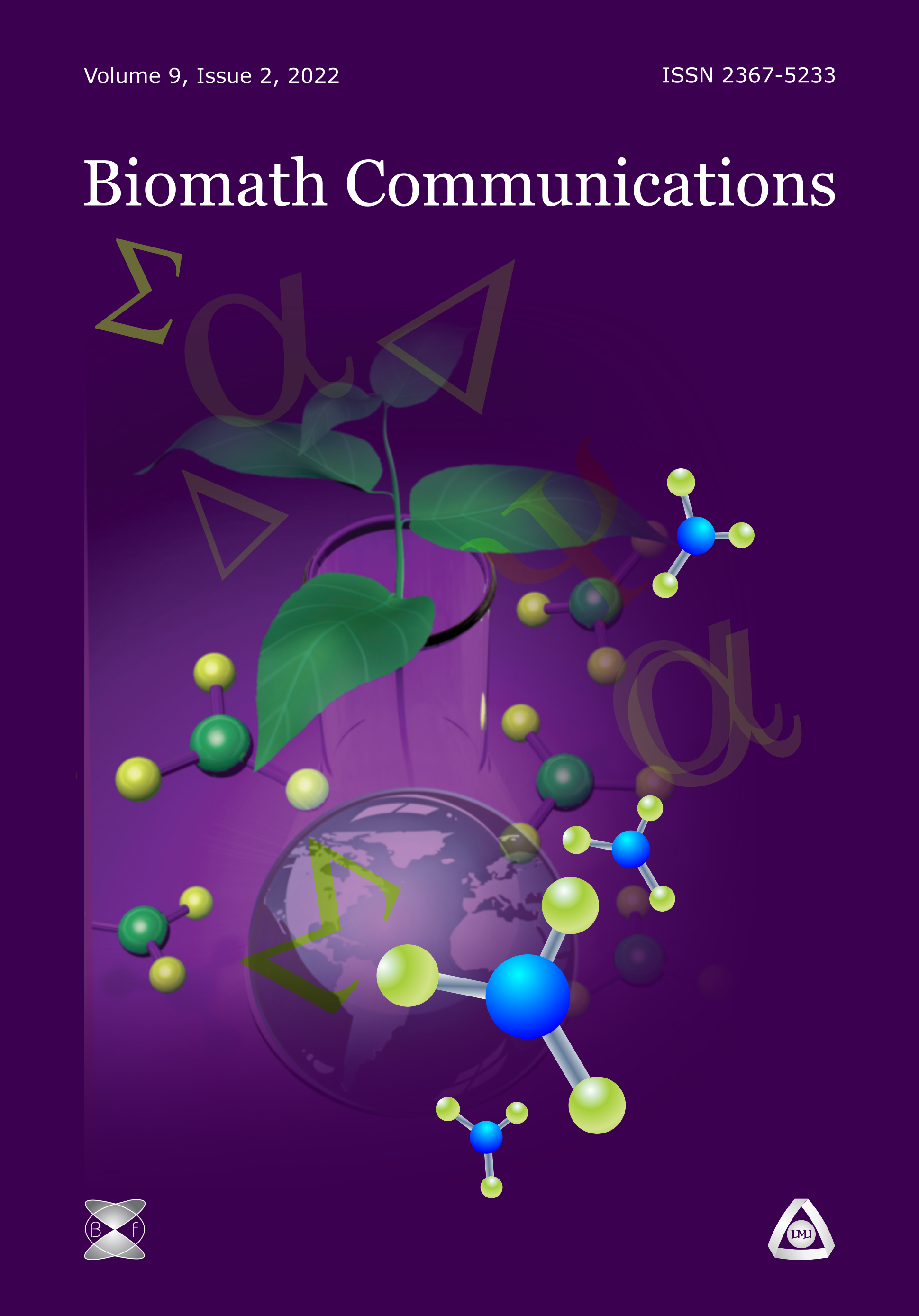Statistical Analysis of Genetic Data for the Balkans plus Historical Evidence
DOI:
https://doi.org/10.55630/bmc.2022.12.309Keywords:
Haplogroups, Multidimensional Model, Euclidean Distances, Genetic Distances, Genetic Proximity, Cluster, Balkan CountriesAbstract
Initial statistical analysis of genetic data on the Balkan nations showed the extent of their genetic links to each other. A careful review of the data highlighted an interesting feature: relatively large genetic differences between Greek regions. This is clearly expressed in the cases of Northern Greece, whose population is genetically much closer to the population of Bulgaria than to the population of Central and Southern Greece, whose population is genetically closer to the Albanian population than to the population of Northern Greece. These conclusions are based on numerical values from the results of statistical analysis of genetic data from EUPEDIA. The article also presents several historical testimonies that offer an explanation of the established regional genetic features of the population of today's Greece.
Downloads
Published
Issue
Section
License
Copyright (c) 2022 Jordan Tabov, Georgi Gachev

This work is licensed under a Creative Commons Attribution 4.0 International License.
The journal Biomath Communications is an open access journal. All published articles are immeditely available online and the respective DOI link activated. All articles can be access for free and no reader registration of any sort is required. No fees are charged to authors for article submission or processing. Online publications are funded through volunteer work, donations and grants.
Authors who publish with this journal agree to the following terms:
- Authors retain copyright and grant the journal right of first publication with the work simultaneously licensed under a Creative Commons Attribution License 4.0 that allows others to share the work with an acknowledgement of the work's authorship and initial publication in this journal.
- Authors are able to enter into separate, additional contractual arrangements for the non-exclusive distribution of the journal's published version of the work (e.g., post it to an institutional repository or publish it in a book), with an acknowledgement of its initial publication in this journal.
- Authors are permitted and encouraged to post their work online (e.g., in institutional repositories or on their website) prior to and during the submission process, as it can lead to productive exchanges, as well as earlier and greater citation of published work (See The Effect of Open Access).

